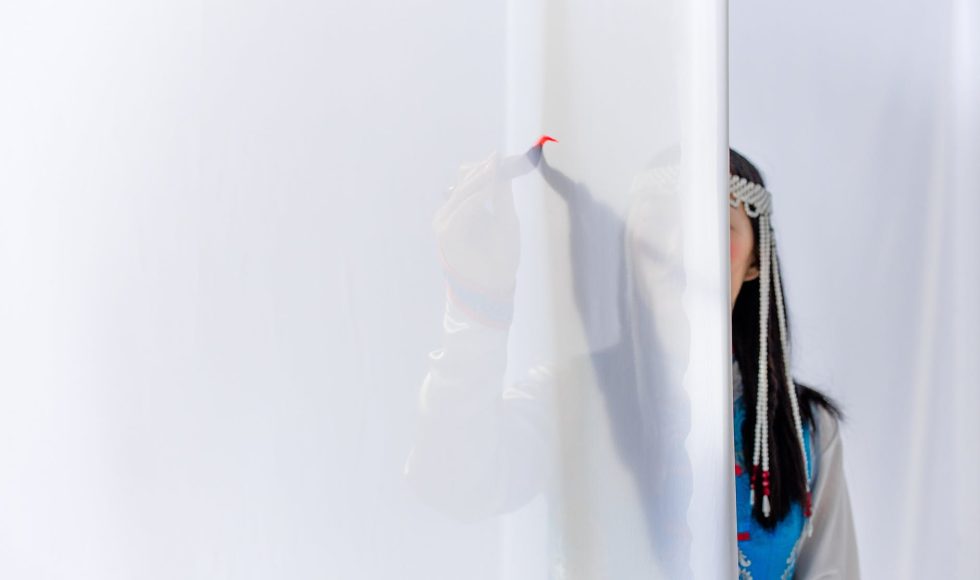I am finishing the ALT 2021 recorded sessions! Tonight we watched a session entitled “From digital ethnography to exhibition: Exploring the entanglement of learning online, work and life” presented by Paula Shaw and Marlies Gration from the University of Derby. Gration and Shaw undertook an ethnography pilot study and then observed several courses from February 2021 to May 2021. The ethnography consisted of observations and coding of interview transcripts using NVIVO software. Ethnography was defined by Gration as a way of looking for patterns and learning about cultures through observation. The researcher tries to become an embedded part of the observed community. The research focus was to observe the six modules and look at “the entanglement of participants’ studies, work and home life, in relation to ‘credit hours'” Gration mentioned that they disseminated the results through virtual research publications, a MOOC, and virtual tours. Gration described a virtual exhibition that was set up. The virtual tour has rooms for every module. The study questions included learning about pedagogic relationship for whether sessions should be synchronous or asynchronous. Gration mentioned that asynchronous helps with flexibility, especially for students in the field or doing internships. Gration asked: how do you manage the learning spaces and use learning analytics? The ethnographic data can be used to schedule meeting times and accommodate participants in different time zones. I had not considered this! There is, Gration mentioned, an engagement check driven by data . The next steps include further developing the MOOC and virtual exhibition, and the pilot project will move into different phases. The thought of conducting digital ethnographies is intriguing, and I also realize the amount of work and coding involved! However, the information gained can provide a glimpse of the learner experience that blurs the boundaries between work and life.



